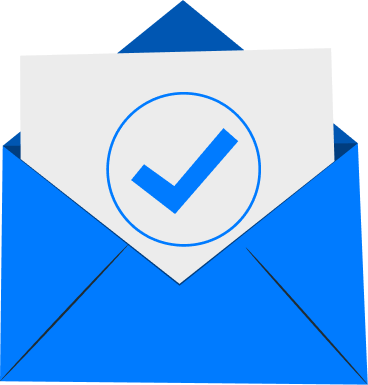Beyond Compliance: How Auditors and Advisors Are Pioneering the Next Wave of Employee Experience Innovation
The profession of auditing and advisory services stands at a remarkable inflection point. While traditionally viewed as the guardians of compliance and risk mitigation, today's auditors and advisors are emerging as unexpected catalysts for employee experience transformation across industries. This shift represents more than just professional evolution—it signals a fundamental reimagining of how we create value in the modern workplace.
The Auditor's Lens: A Unique Vantage Point for Experience DesignConsider the distinctive position auditors and advisors occupy within organizations. You possess unparalleled access to cross-functional teams, executive leadership, and operational processes. This bird's-eye view, combined with analytical rigor, creates an unprecedented opportunity to identify and address employee experience gaps that others might overlook.
The methodical approach inherent in audit and advisory work—gathering evidence, analyzing patterns, identifying inefficiencies—translates seamlessly to employee experience innovation. Where others see isolated incidents, you see systemic opportunities. Where others accept status quo processes, you question their effectiveness and sustainability.
This analytical foundation becomes particularly powerful when applied to the human elements of organizational performance. The same attention to detail that ensures regulatory compliance can uncover the subtle friction points that diminish employee engagement, productivity, and retention.
From Risk Assessment to Experience ArchitectureThe traditional risk assessment framework is proving remarkably adaptable to employee experience challenges. Consider how the classic audit approach of identifying, evaluating, and mitigating risks can be reframed for human-centered innovation:
Identification Phase: Instead of financial discrepancies, you're identifying experience pain points—the moments where employees feel disconnected, undervalued, or inefficient. These might include cumbersome approval processes, unclear communication channels, or inadequate recognition systems.
Evaluation Phase: Your analytical skills help quantify the impact of these experience gaps. What's the cost of employee disengagement? How does poor onboarding affect long-term performance? These questions require the same rigorous analysis you bring to financial audits.
Mitigation Phase: This is where innovation flourishes. Drawing on your understanding of organizational systems and processes, you can design solutions that don't just address symptoms but create sustainable improvements to the employee journey.
The Data-Driven Advantage in Human-Centered DesignOne of the most significant advantages auditors and advisors bring to employee experience innovation is comfort with data complexity. While many approach employee experience through intuition or anecdotal evidence, your profession demands quantitative validation.
This data-driven mindset enables you to move beyond surface-level engagement surveys to develop sophisticated metrics that actually predict and influence employee satisfaction. You can identify leading indicators of turnover, map the correlation between specific process improvements and productivity gains, and create dashboards that make employee experience as measurable as financial performance.
The ability to translate human experiences into actionable business intelligence represents a competitive advantage that few other professionals possess. You understand that sustainable innovation requires both emotional resonance and empirical support.
Stakeholder Management: The Foundation of Experience TransformationYour experience managing spanerse stakeholders—from C-suite executives to front-line employees—provides invaluable insight into the multi-layered nature of employee experience innovation. You understand that different groups have different priorities, communication styles, and success metrics.
This stakeholder awareness allows you to design employee experience initiatives that satisfy multiple constituencies simultaneously. You can present the business case to executives while ensuring the solutions actually address employee needs. You can navigate organizational politics while maintaining focus on meaningful outcomes.
Moreover, your role often requires building trust quickly with new teams and inspaniduals. This skill becomes crucial when implementing experience innovations that require behavior change and cultural adaptation.
Process Optimization Meets Human PsychologyThe intersection of process optimization and human psychology represents fertile ground for employee experience innovation. Your expertise in identifying inefficiencies and redesigning workflows becomes exponentially more valuable when combined with understanding of human motivation and behavior.
Consider the typical employee onboarding process.



 Dojo Suggestion
Dojo Suggestion


